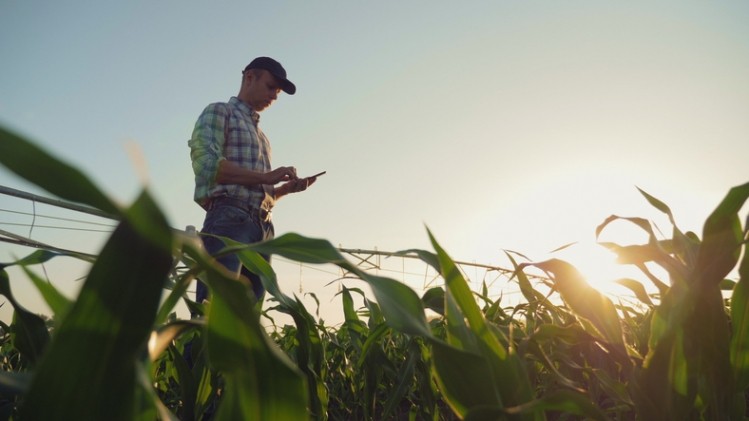Texas A&M develops hand-held grain analysis device

Development of the handheld Raman spectrometer took about two years and grew out of an interest in using advanced physical and analytical methods to support colleagues who are plant breeders, geneticists and pathologists, said Dmitry Kurouski, assistant professor of biochemistry and physics at Texas A&M.
“My group came up with the idea to develop a non-invasive, non-destructive and confirmatory technique that can be used to, firstly, identify if the plant is healthy or not, and, secondly, to distinguish between abiotic and biotic stresses on plants,” he told FeedNavigator. “By biotic stresses, we mean plant disease and abiotic stresses, nutrient deficiency or heat stress or drought stress.”
The analysis tool also can be used for noninvasive genotyping, he said.
The Raman system is able to provide results noninvasively and inexpensively, he added.
“And our approach can be used to probe the nutrient composition, to probe starch content, protein content, carotenoid content and fiber content in seeds,” he said.
In a study published in September, Kurouski and his team demonstrated that analysis capability looking at different types of corn.
Feed, crop production uses
The analysis device is handheld and there is ongoing work to find ways to mount the scanner on a drone or robot to assess crops while they are growing in a field.
The system could be used to determine if there is disease present in feed grains like corn or soybeans.
“People spend a ton of time confirming the absence of fungal pathogens or bacterial pathogens,” he said. “We show that, when using this technology, we can find out, [in a rapid fashion] whether the grain is healthy or not and whether it is infected with fungal pathogens or not.”
The ability to check for pathogens or disease applies to crops in field and those that have been harvested, he added.
The scanner can also check grain quality in facilities such as grain elevators and at feed manufacturing sites.
Raman analysis and NIR
Although there are other types of analysis systems available in the feed industry, Raman spectroscopy had one advantage over NIR or near-infrared spectroscopy, said Kurouski.
NIR analysis can be challenged by the presence of water, he said. It works well with dry ingredients or objects that are less than 4% water, but not with a living plant or high-moisture seeds.
“Our technology has no limitation and water is not a problem,” he said. “We can do it on all types of samples.”
NIR also uses an absorbent technique, which relies on the sample being transparent or in direct contact with the device, he said. “Raman is a scatting phenomenon, so we don’t have to have a direct contacted with the sample, and we’ve developed a system that allows it to analyze objects located up to 200 feet away from the instrument.”
Marketplace
Grain elevators are an early market focus as are large scale feed crop and grain producers, he said.
“We expect plant farmers – especially large size plant farmers to be the first users of this technology because plant diseases can kill up to up to 20% of a crop yield,” said Kurouski. “Abiotic stresses can kill up to 80% of the yield and we have the technology to diagnose it noninvasively, nondestructively – this could be a major change in the way farmers produce and grow crops in the US.”
However, some development work remains before the system could be fully commercialized, he said. The research group is continuing to set up data libraries to provide more information for the scans and to develop models.














